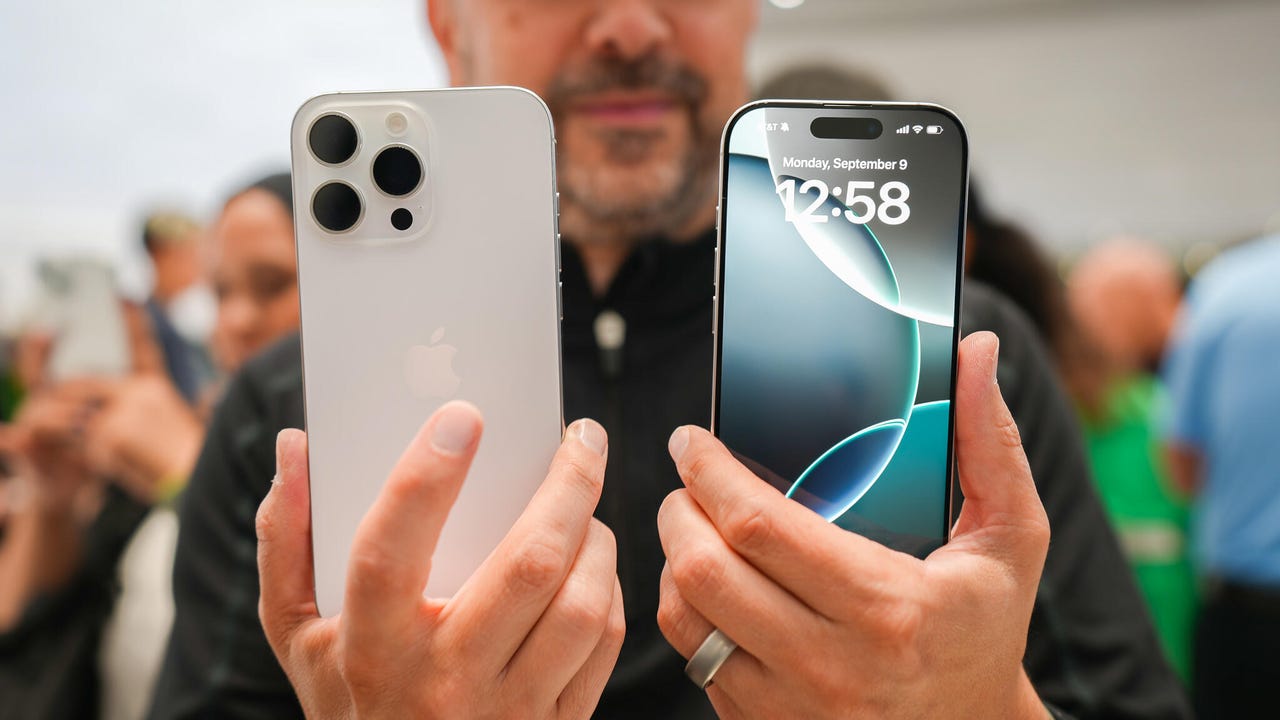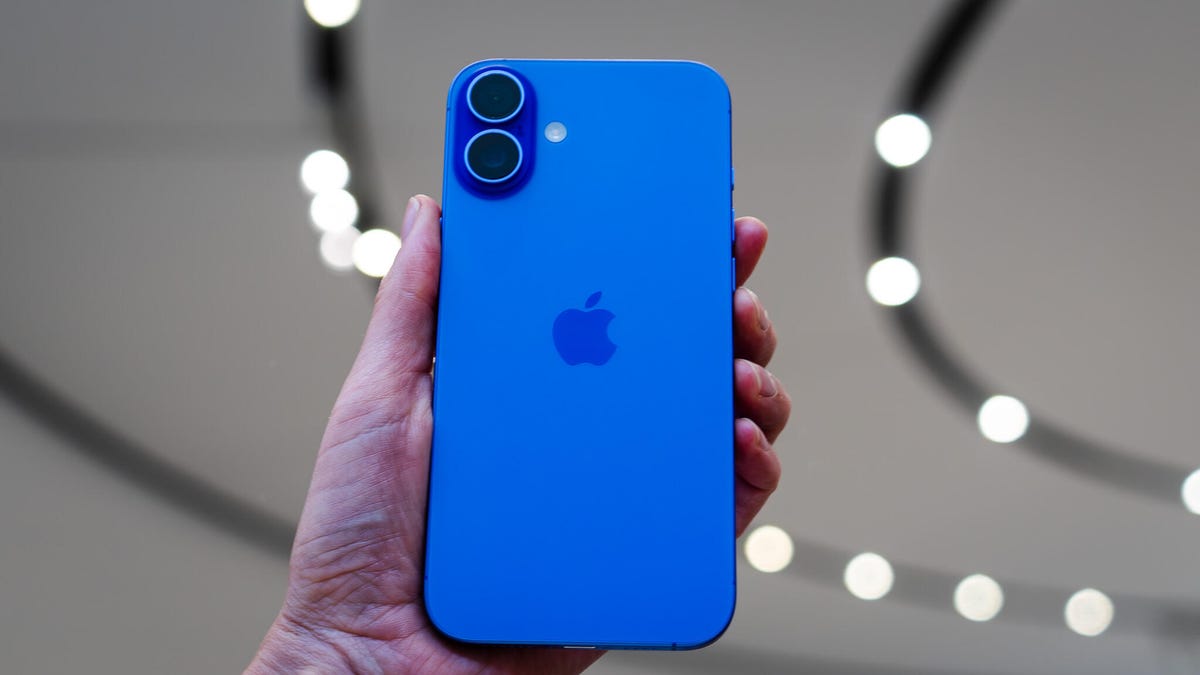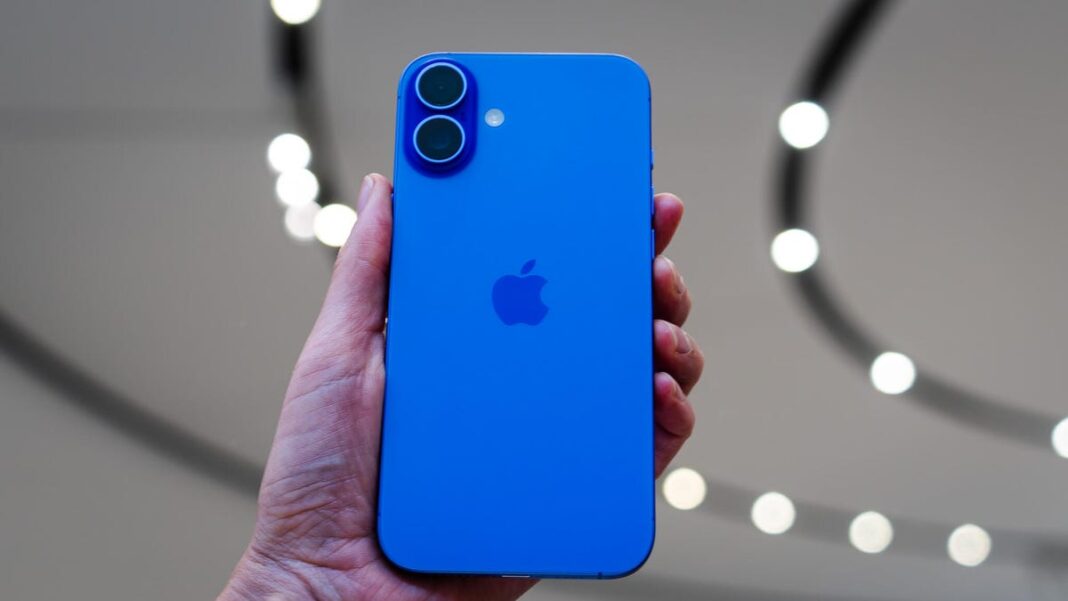The wait is almost over for Apple enthusiasts, as rumors of the next-generation iPhone 18 start to heat up. As we dive into the realm of speculation and anticipation, one thing is clear: the upcoming iPhone 18 is poised to bring a fresh wave of innovation to the table. With the tech giant reportedly working on a new design, upgraded features, and possibly even a new naming convention, the notion of buying an iPhone 18 next year has taken on a whole new level of excitement. What sets this year’s model apart from its predecessors, and what can we realistically expect from Apple’s next flagship device? Get ready to find out as we dissect the latest rumors and news surrounding the iPhone 18, and explore why this could be the most exciting iPhone release in years.
Changing iPhone Launch Timeline: What to Expect

Apple’s decision to change its iPhone launch timeline, starting in 2027, is driven by the need to manage its six-iPhone lineup effectively.
The new cycle will see the base iPhone and e series launching in March, while the Pro, Slim, and foldable iPhones will debut in September.
By launching budget-friendly models earlier, Apple can prevent them from being overshadowed by Pro variants in sales, and maintain a competitive edge.
The new launch cycle offers consumers more options in each price segment, making iPhones more appealing and accessible to a wider audience.
As reported by Unionjournalism, Apple’s iPhone launch timeline has shifted from the June/July period to September over the years.
Historically, Apple has reserved the March to April window for the launch of more affordable iPhones like the iPhone SE series and iPhone 16e.
However, this timeline could receive a refresh as the Apple iPhone lineup expands with new models.

New Launch Cycle: A Shift in Strategy
Rationale Behind the Change: Apple’s decision to change its iPhone launch timeline is driven by the need to manage its six-iPhone lineup effectively.
Shifting Focus from September to March: The new cycle will see the base iPhone and e series launching in March, while the Pro, Slim, and foldable iPhones will debut in September.
Closing the Marketing Gap: Apple aims to close the marketing gap in the first half of the year by launching its budget-friendly models earlier, rather than releasing them all together in the second half.
- Base iPhone and e series launching in March
- Pro, Slim, and foldable iPhones launching in September
By launching budget-friendly models earlier, Apple can prevent them from being overshadowed by Pro variants in sales, and maintain a competitive edge.
The new launch cycle offers consumers more options in each price segment, making iPhones more appealing and accessible to a wider audience.
Implications of the New Launch Cycle
Competition and Marketing Efforts
By launching budget-friendly models earlier, Apple can prevent them from being overshadowed by Pro variants in sales, and maintain a competitive edge.
The new launch cycle offers consumers more options in each price segment, making iPhones more appealing and accessible to a wider audience.
As reported by Unionjournalism, Apple’s iPhone launch timeline has shifted from the June/July period to September over the years.
Historically, Apple has reserved the March to April window for the launch of more affordable iPhones like the iPhone SE series and iPhone 16e.
However, this timeline could receive a refresh as the Apple iPhone lineup expands with new models.
Consumer Options and Affordability
The new launch cycle offers consumers more options in each price segment, making iPhones more appealing and accessible to a wider audience.
By launching budget-friendly models earlier, Apple can prevent them from being overshadowed by Pro variants in sales, and maintain a competitive edge.
- More options in each price segment
- iPhones more appealing and accessible to a wider audience
The new launch cycle will see the base iPhone and e series launching in March, while the Pro, Slim, and foldable iPhones will debut in September.
What the New Launch Cycle Means for Apple
By launching budget-friendly models earlier, Apple can prevent them from being overshadowed by Pro variants in sales, and maintain a competitive edge.
The new launch cycle offers consumers more options in each price segment, making iPhones more appealing and accessible to a wider audience.
As reported by Unionjournalism, Apple’s iPhone launch timeline has shifted from the June/July period to September over the years.
Historically, Apple has reserved the March to April window for the launch of more affordable iPhones like the iPhone SE series and iPhone 16e.
However, this timeline could receive a refresh as the Apple iPhone lineup expands with new models.
The new launch cycle will see the base iPhone and e series launching in March, while the Pro, Slim, and foldable iPhones will debut in September.
What’s Next for Apple’s iPhone Lineup
As reported by Unionjournalism, Apple’s iPhone launch timeline has shifted from the June/July period to September over the years.
Historically, Apple has reserved the March to April window for the launch of more affordable iPhones like the iPhone SE series and iPhone 16e.
However, this timeline could receive a refresh as the Apple iPhone lineup expands with new models.
The new launch cycle will see the base iPhone and e series launching in March, while the Pro, Slim, and foldable iPhones will debut in September.
By launching budget-friendly models earlier, Apple can prevent them from being overshadowed by Pro variants in sales, and maintain a competitive edge.
The new launch cycle offers consumers more options in each price segment, making iPhones more appealing and accessible to a wider audience.
Impact on Sales and Revenue
The staggered launch will help Apple to maintain a steady flow of revenue throughout the year, rather than relying on a single massive launch event. This new approach will enable the tech giant to spread out its revenue streams, reducing the pressure on a single quarter and providing a more stable financial performance.
Practical Aspects and Analyst Insights
Analyst Ming-Chi Kuo’s Prediction
Kuo believes that the new launch cycle will help Apple to manage its six-iPhone lineup more effectively, and provide more options for consumers in each price segment. This, in turn, will allow Apple to cater to a broader range of customers, increasing its market share and revenue.
for Apple’s Ecosystem
The staggered launch will allow Apple to maintain a consistent flow of updates and new features for its ecosystem, keeping users engaged and loyal. This approach will enable Apple to build a more sustainable business model, where customers are encouraged to upgrade to new models, rather than switching to competitors.
Potential Impact on Apple’s Supply Chain
The new launch cycle may require Apple to adjust its supply chain and manufacturing processes to accommodate the staggered release of new models. This could involve investing in new manufacturing facilities, renegotiating contracts with suppliers, and implementing more efficient logistics systems.
What to Expect from Future iPhone Launches
Potential for More Foldable iPhones
The success of the first-generation foldable iPhone may lead to the launch of more innovative and feature-rich foldable models in the future. This could include new form factors, improved durability, and enhanced functionality, further expanding Apple’s product lineup.
Expanding iPhone Lineup
Apple’s six-iPhone lineup may continue to expand, with new models and variants being added to cater to different consumer segments and preferences. This could include new storage options, color schemes, and feature sets, allowing Apple to target specific markets and demographics.
Continuous Evolution of iPhone Design and Features
Apple’s commitment to innovation and user experience will drive the development of new iPhone designs, features, and technologies. This could include advancements in camera technology, improved battery life, and enhanced AI capabilities, further differentiating Apple’s products from those of its competitors.
Conclusion
In conclusion, the prospect of buying an iPhone 18 next year may look a little different” is a significant development that holds far-reaching implications for the tech industry. As discussed in this article, Apple’s rumored plans to introduce new features, such as improved cameras and potentially a new design, are set to revolutionize the smartphone market. Furthermore, the article highlights how these changes will not only benefit consumers but also have a profound impact on the industry as a whole.
The significance of this development cannot be overstated. With Apple’s influence on the tech industry, these changes are likely to have a ripple effect, driving innovation and pushing competitors to adapt. As we look to the future, it is clear that the next generation of smartphones will be shaped by these advancements, leading to even more sophisticated devices that will continue to transform the way we communicate, work, and interact with one another.
Ultimately, the excitement surrounding the potential changes to the iPhone 18 is not just about the device itself, but about the possibilities it holds for the future of technology. As we stand at the threshold of this new era, one thing is certain – the tech industry will never be the same again.
